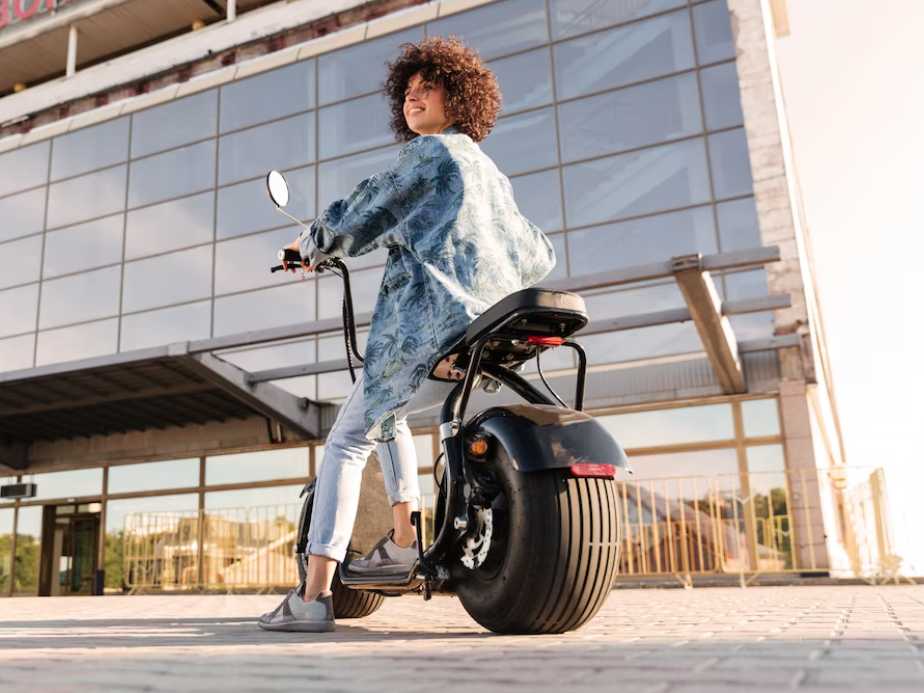Have you ever thought about trading in your car for an electric bike? As ebike commuting gains traction, electric bikes are quickly becoming the top choice for many individuals seeking a greener and more enjoyable mode of transportation. However, selecting the ideal electric bike, or the perfect ebike commuter, can be quite daunting, particularly when it comes to deciphering the various motor types. In this article, we will delve into the different electric bike motors, evaluate their performance, and assist you in determining the perfect fit for your requirements.
The Emergence of Ebike Commuting
The landscape of commuting is evolving at a rapid pace, with electric bikes taking center stage in this revolution. An increasing number of people are realizing the benefits of using an ebike to maneuver through congested city streets and bypass traffic congestion. Moreover, electric bikes provide an environmentally friendly alternative to conventional means of transportation, contributing to reduced carbon emissions and a step towards a cleaner future.
Electric Bike Motor Varieties
There are three primary motor types when it comes to electric bikes: hub motors, mid-drive motors, and friction drive motors. Let’s examine each of these motor types and their distinct features more closely.
Hub Motors
- Found in either the front or rear wheel hub, hub motors are the most widely used electric bike motors. They deliver power directly to the wheel, making them straightforward and efficient.
Mid-Drive Motors
- Located at the bike’s bottom bracket, mid-drive motors send power directly to the chain. This design results in better weight distribution and is known for its high efficiency and superior performance on hills and uneven terrain.
Friction Drive Motors
- Positioned against the rear wheel, friction drive motors use friction to transfer power. While they are lightweight and simple, they can be less efficient and have a shorter lifespan than the other motor types.
Hub Motors
Pros of Hub Motors
Hub motors are budget-friendly, easy to maintain, and provide a smooth and quiet ride. They’re an excellent choice for casual riders and those looking to dip their toes into the world of electric bikes.
Cons of Hub Motors
The primary downsides of hub motors include limited torque on hills, increased unsprung weight, and potential handling challenges due to the motor’s placement in the wheel hub.
Mid-Drive Motors
Pros of Mid-Drive Motors
Mid-drive motors boast better weight distribution, higher torque, and improved performance on hills and rugged terrain. They’re perfect for off-road enthusiasts and serious cyclists who need a powerful and responsive motor.
Cons of Mid-Drive Motors
Mid-drive motors can be more expensive and complex, requiring extra maintenance compared to hub motors. They may also be noisier and cause faster wear on the bike’s chain and drivetrain components.
Friction Drive Motors
Pros of Friction Drive Motors
Friction drive motors are lightweight, simple, and easy to install. They’re a suitable option for riders looking for a minimalist and cost-effective electric bike solution.
Cons of Friction Drive Motors
Friction drive motors can be less efficient, especially in wet conditions when the friction between the motor and wheel might decrease. They also have a shorter lifespan and may cause increased wear on the rear tire.
Comparing Motor Performance
To find the best motor type for your needs, it’s essential to compare the performance of each option.
Power Output and Torque
Mid-drive motors generally offer the highest power output and torque, making them the top choice for conquering hills and rough terrain. Hub motors provide enough power for most casual riders, but they may struggle on steep inclines. Friction drive motors typically have the lowest power output and torque of the three motor types.
Efficiency and Range
Mid-drive motors are known for their efficiency, often providing a longer range because they can effectively use the bike’s gears. Hub motors are also relatively efficient, but their range might be slightly lower due to increased unsprung weight. Friction drive motors tend to have the lowest efficiency and range of the three motor types.
Noise Level
When it comes to noise, hub motors are usually the quietest option, followed closely by mid-drive motors. Friction drive motors can be noisier due to the friction between the motor and the wheel.
Maintenance and Reliability
Hub motors are recognized for their low maintenance and high reliability, making them a popular choice for riders who want a fuss-free experience. Mid-drive motors require more maintenance due to their complexity but are still considered reliable. Friction drive motors have a shorter lifespan and may require more frequent maintenance and tire replacements.
Price and Value
In terms of cost, hub motors are generally the most affordable option, with friction drive motors close behind. Mid-drive motors are often more expensive but offer superior performance, making them a worthwhile investment for avid cyclists.
Conclusion
When choosing the right electric bike motor for your needs, consider factors like power output, torque, efficiency, noise level, maintenance, reliability, and price. Mid-drive motors offer the best overall performance, but hub motors are a fantastic choice for casual riders and those on a budget. Friction drive motors provide a lightweight and cost-effective solution, but with some trade-offs in efficiency and longevity. By understanding the pros and cons of each motor type, you can make an informed decision and find the perfect ebike commuter to suit your lifestyle.




